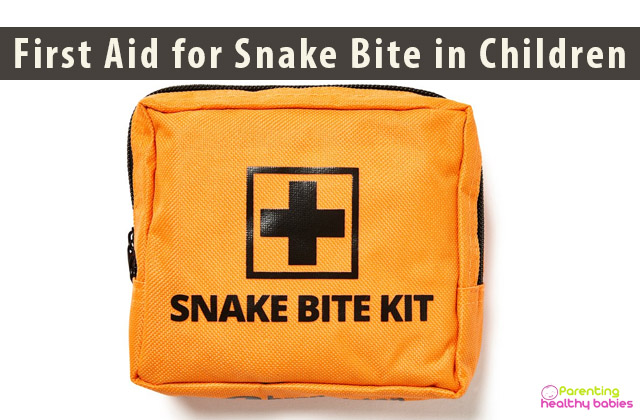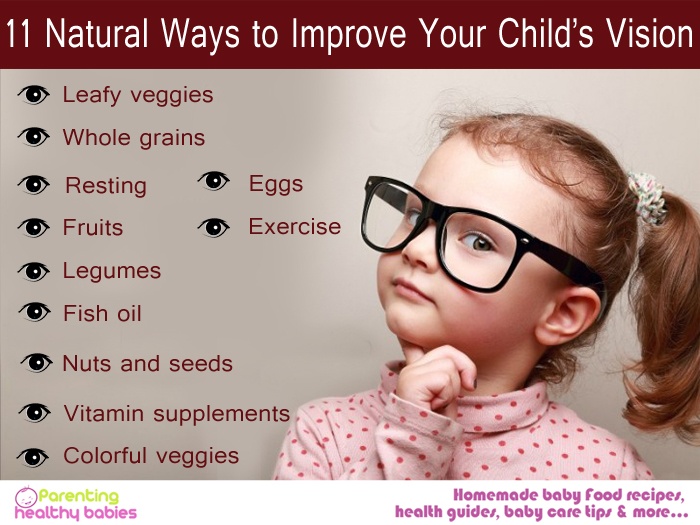While many people may not believe this but mostly, snakes are more scared of humans than humans are of them. They would usually not act aggressively against them until and unless they are provoked to do so. But considering the situation of snake bite in children, we will take a look at the snake bite first aid treatment that needs to be provided in this situation.
Poisonous snakes inject venom or poison(envenomation) into its prey, the quantity of which can be regulated by the snakes. There are comparatively more cases of snake bites in agricultural areas as compared to other regions and the victims here can be adults as well as children.
A Guide for Snake Bite First Aid in Children
Symptoms of snakebites
There are a number of associated symptoms of snake bites in children. If you find your child or any other kid being a victim of snake bite, look for these symptoms:
General effects
This effects the local skin and the tissue around the area bitten. For instance, bites by cobras and vipers can lead to bleeding, swelling and may also kill the tissue surrounding the bite area.
Nervous system effects
The nervous system is directly affected by the venom from sea snakes and elapids. Whereas, cobra and mamba may lead to death without treatment by quickly stopping the breathing muscles. A child may suffer from breathing problems, vision problems, trouble in speaking and numbness.
Muscle death
This can be caused in multiple areas of the body due to venom from Russell’s vipers, some Australian elapids and sea snakes that can have local effects on muscle death or distant muscle involvement. Furthermore, this can also cause kidney failure, as the debris from dead muscle cells can clog the kidneys.
Bleeding
This usually occurs because of the changes in the victim’s hematologic system. The bleeding can occur either from the mouth or old wounds or from the bite site as well.
Eyes
Spitting cobras and ringhals eject the venom directly into the victim’s eyes. This leads to eye pain and even damage.
First Aid treatment for a Snakebite in Children
A lot of people seek medical help only after determining whether the snake was venomous or nonvenomous, which should not be the case. As even bites by non-venomous species would need proper medical care. If your child has been a victim of snake bite, take him to a hospital emergency department immediately. Also, if the child has not had any tetanus booster within the last five years, he/she should receive one.
Non-venomous snake
As stated above, even a bite from a nonvenomous snake would require wound care and a tetanus booster (if he/she has not had one within the last five years). Also, wash the wound with soap and water and inspect it for dirt or broken teeth.
Identify the snake
Be able to identify the snake for better medical help. But this does not mean that you have to put yourself or some other person at risk for another bite.
Prevent another bite
Do not try to catch the snake as this may lead to a second bite or a second victim as well. Highly avoid doing this.
Remove constricting items
Remove any items like rings or other jewelry that the victim is wearing as this may obstruct the blood flow if the area swells.
Pressure immobilizer
You may use a pressure immobilizer in case the child has been bitten by a dangerous elapid and does not show any local effects. Wrap a bandage at the affected area tightly by limiting the blood flow and then immobilize the extremity with a splint. This is majorly used for Australian elapids or sea snakes and may help prevent life threatening venom effects.
Application of mechanical suction
This has been highly recommended by a number of people in the past but on the contrary, this is unlikely to remove any amount of venom from the victim’s body. Moreover, suction may also increase the local tissue damage. Thereby, nowadays this technique is generally not recommended to follow but in case, a person decides to try this, one must follow the instructions carefully.
There are a number of other first aid techniques that are supported by the Medical research. These are as follows:
- Do not cut the bite site as this can damage the internal organs and also increase the risk of infections.
- Highly avoid using electric shocks as this may lead to heart problems and may cause burns.
- Do not use alcohol as can increase venom absorption by making the local blood vessels bigger.
- Do not make use of ice as this can lead to frostbite.
- Don’t use constriction bands as this leads to increased tissue damage and may also cost the victim a limb. These have thereby not been proven effective.
Emergency medical treatment
As snakebite can prove to life-threatening, thereby doctor will treat such conditions first. Other medicines and intravenous fluids may be given to the vitcim who is in shock as this will help to maintain the blood flow. For those with breathing difficulty may require a ventilator machine or a tube in his/her throat to cure the breathing problem.
- At times, the doctor may consider giving antivenin to the victims of snakebite who show some significant symptoms. However, this is surely a difficult decision because of the side effects of antivenin but on the same side, this can also be a life-saving decision. But, both the doctor as well as the patient should be made aware of the risks associated with antivenin.
- Serum sickness may also be caused due to antivenin within five to ten days of the therapy. This may lead to fever, joint pain, swollen lymph nodes, fatigue and itching.
- For those without any significant symptoms, should be admitted to the hospital immediately and should be monitored for a few hours.
- In case, compartment syndrome develops, a surgeon shall be consulted by the doctor which can prove to be life as well as limb saving for the patient.
- In case, the child develops any symptoms after returning from the hospital, he/she shall be taken back to the emergency department immediately.
Prevention of snakebites in children
You can always take some preventive measure from your side in order to prevent your little one and even yourself from a snakebite. Some of the preventions are:
- Do not try to catch or tease the snake of any identity as this may frighten it and increase the chances of a bite.
- Wear boots, long pants in areas where you think snakes may live. Also, be careful of where you place your hands or feet in any such area.
- Identification of the type of snake or the venom may help the doctor with the treatment but this does not mean that you put yourself at risk for this.
Teach your child to never tease or try to catch a snake even in a fun manner as this can be life-threatening because many children fail to understand this. Also, do not wait for your child to show some symptoms to take him/her to the hospital. You should immediately rush to the nearest hospital as and when you get to know about it.













